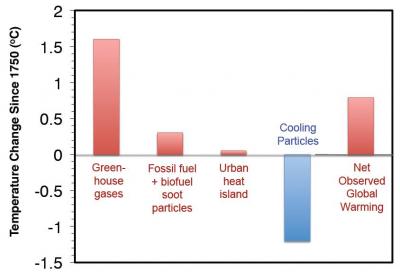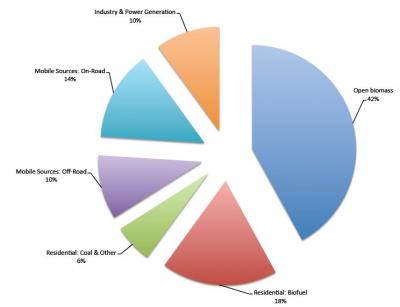The GTZ project “Poverty-oriented Basic Energy Services (HERA)” has launched a comprehensive guide on carbon markets for improved cooking stove projects. The guide offers an overview of the various steps in the project cycle of CDM and Gold Standard projects, describes existing methodologies, and addresses the most critical issues in project development.
The guide is updated on a regular basis and has recently been supplemented with the latest changes in the CDM methodology AMS-II.G. HERA is closely following the ongoing discussions for a second revision of the methodology which might take place in April 2010.
“Carbon Markets for Improved Cooking Stoves – A GTZ Guide for Project Operators” can be downloaded from
http://www.gtz.de/en/themen/umwelt-infrastruktur/energie/20674.htm
Your feedback and project experiences are highly welcome to keep the guidebook up to date!
Best regards,
Michael Blunck



